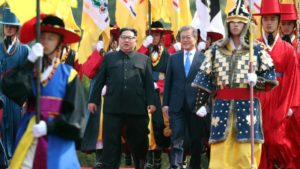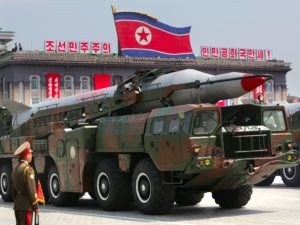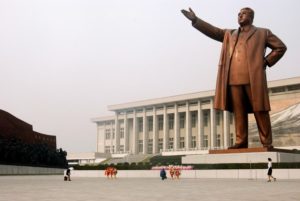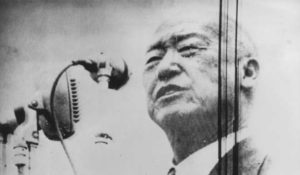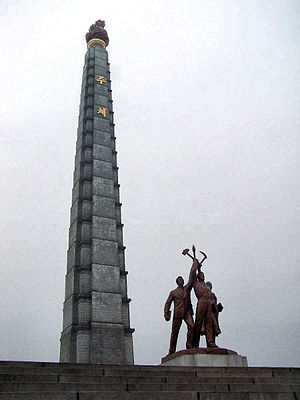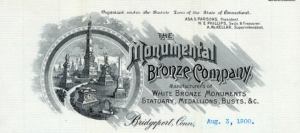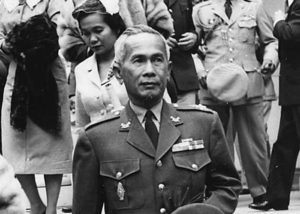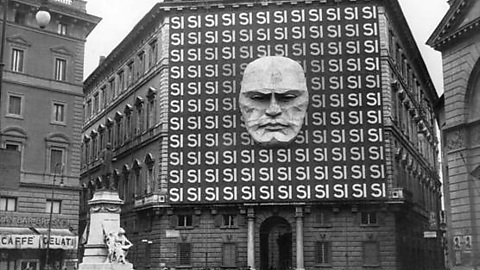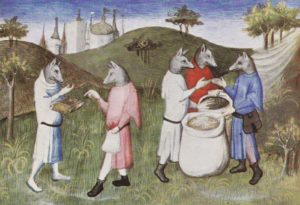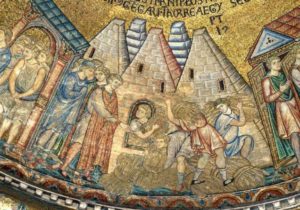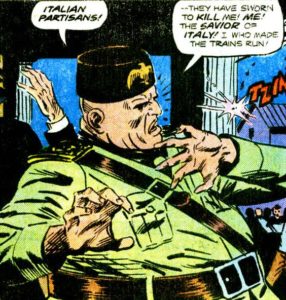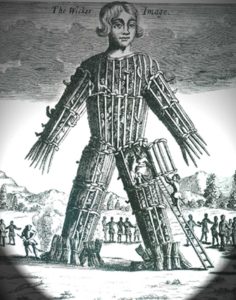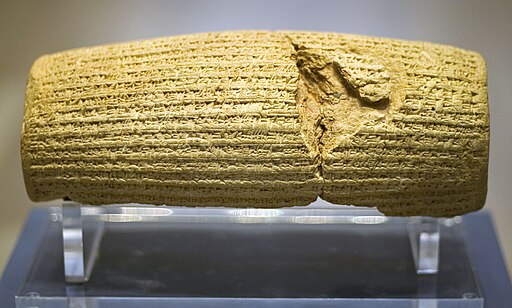The story of the the Titanic is usually one of human hubris, and then nature putting humanity back in their place. Implicit in any Titanic narrative is a critique of technology in general, of human arrogance, and of the supposed ability of our species to strive in the face of insurmountable laws of nature.
The Titanic, though, is not the best fit for that narrative. The ship sank, yes, but it still worked the way it was supposed to before it hit an iceberg. Another vessel, though, fits that profile better. The Vasa was an immense warship commissioned by the Swedish king Gustavus Adolphus in the 1620s. The gigantic ship was a marvel, and like nothing that the world had seen before. It dwarfed other vessesl, bristled with canon, and was covered with elaborate ornamentation.
And then, under the weight of all of its fancy guns and ornamentation, sank on its maiden voyage. The Vasa was, quite literally, too fancy to live, and is a better example of boat-based overreach and arrogance than the Titanic ever was.
The image below is of a 1:10 scale model of the Vasa at Stockholm’s Vasa musuem, and it shows off some of the elaborate ornamentation that covered the exterior of the ship.
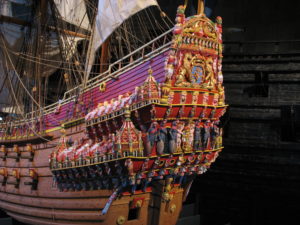
Related Links:
Vasa Museum website.
The Vasa on Atlas Obscura.
Video of the Vasa’s recovery in 1961.
Podcast: Play in new window | Download
Subscribe:
